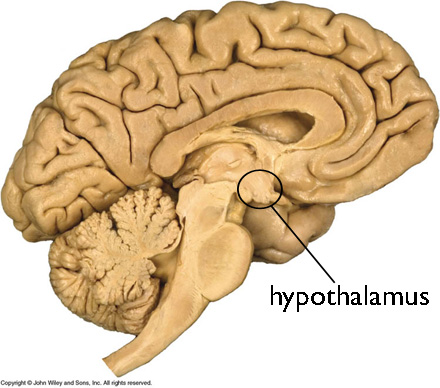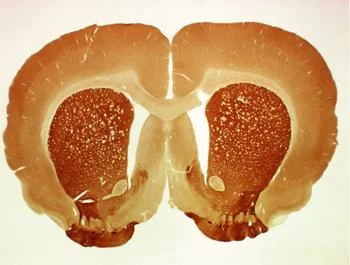Answer: The trigeminal nerve (cranial nerve V) carries sensory information from the face and motor information to the jaw.
The trigeminal nerve is one of the 12 cranial nerves of the brain. The name “trigeminal” originates from the anatomic description of its appearance: there are three pairs of branches.
ANATOMY
The three branches are numbered ascendingly as you move from top of the head (dorsal, or anterior) to the bottom of the head (ventral, or posterior.) The dorsal most branch of the trigeminal nerve is the ophthalmic nerve, also called CN V1. This branch carries only sensory information to the brain. It innervates the “upper third” of the face, receiving sensory input from the scalp, forehead, upper eyelid, eyeballs, and the nasal cavity. It carries both touch sensation and pain information (nociception).
The second branch, ventral (posterior) to the ophthalmic branch, is the maxillary branch (CN V2). Like the ophthalmic nerve, CN V2 carries only sensory information. In particular, it receives inputs from the lower eyelid, cheeks, upper lip, the upper teeth, and the roof of the mouth (hard palate). It also carries both touch and pain sensations.
The third and ventral most branch is the mandibular nerve (CN V3). The mandibular nerve receives sensory information, but also has a motor output component. The mandibular branch of the trigeminal nerve receives sensation from the lower lip, lower teeth, bottom of the mouth (soft palate), the chin, and jaw. The mandibular branch does not carry taste sensory information; that is the role of the the glossopharyngeal (CN IX) and the hypoglossus (CN XII) nerves.
CN V3 also sends motor signals to the lower part of the face. The four muscles of mastication and the muscles at the base of the mouth receive their input from this branch of the trigeminal nerve.
The regions receiving inputs to each branch of the trigeminal nerve are very well defined. Dentists can take advantage of this organizational structure to apply analgesia to a specific part of the mouth through injection of lidocaine into the foramina where the cranial nerve exits.
All the sensory inputs from the trigeminal nerve terminate in the brain stem at a region of the brain called the trigeminal nucleus. From here, that sensory information synapses with the secondary neuron, which then crosses the midline (decussates) and ascends into the higher regions of the brain.











